In golf, rangefinders have become an important piece of equipment for modern players to improve their hitting skills. It can accurately measure the distance of the target and help players choose the correct club and hitting strategy. However, many golfers often encounter a problem when using rangefinders: even though they aim at the target, the measured distance is not accurate enough. This is often not due to equipment problems, but caused by improper holding methods. This article will provide you with a detailed introduction to the professional skills for holding a golf rangefinder stably, helping you obtain more accurate measurement results.
Correct Holding Posture
1. Two-handed holding method (recommended)
This is the most stable holding method, especially suitable for beginners or when high-precision measurements are required:
- With your left hand palm facing up, hold the bottom of the rangefinder to provide the main support for the device
- Hold the side of the rangefinder with your right hand, and place your index finger naturally on the measurement key
- Put your elbows lightly against your body to form a stable triangular support structure
- Tilt your head slightly forward to bring the rangefinder naturally close to your eyes
Professional advice: "When holding with both hands, imagine that you are holding a cup of hot coffee with both hands - it should be stable, but not too hard."

2. One-handed assistance method
Suitable for fast measurement or experienced players:
- Hold the rangefinder with your right hand and place your thumb on the measurement key
- Hold your right wrist or elbow with your left hand to assist in stability
- Place your right elbow against your ribs to increase stability
Precautions:
Avoid completely one-handed operation, especially in windy weather
Hold your breath when measuring to reduce body shaking
Body Posture And Stability Adjustments
1. Standing posture
The correct standing posture is the basis for stable measurement:
- Stand with your feet shoulder-width apart to maintain balance
- Bend your knees slightly to lower your center of gravity
- Lean forward slightly, but do not bend over
- Keep your back straight to avoid hunching
Common mistakes correction:
❌ Stand with your legs together → ✅ Keep your feet properly apart
❌ Lean back → ✅ Keep a slight forward tilt
❌ Shrug your shoulders tightly → ✅ Relax your shoulders
2. Use external support
In difficult conditions, you can find additional support:
- Leaning on the golf cart: lightly lean your elbow holding the measuring hand on the golf cart
- Using the golf bag: rest the bottom of the rangefinder on the upright golf bag
- Trees/railings: when there is a fixed object, you can lean on it briefly
- Squatting measurement: squat and rest your elbow on your knees
Pro tip: pay attention to the rules when playing, in some cases external support may be considered a violation.
Precision Aiming Skills
1. First lock the target with your naked eyes
Correct aiming sequence:
- First observe the target with your naked eyes and confirm the position of the flagpole
- Pay attention to the reference objects around the target (trees, sand pits, etc.)
- Then raise the rangefinder for precise measurement
2. Tips for using the eyepiece
- Gently place the eyepiece close to the eye socket, do not squeeze it hard
- Keep both eyes open to avoid fatigue caused by "squinting"
- Adjust the diopter of the eyepiece to ensure a clear field of vision
3. Optimize key operation
The impact of different key modes:
- Short press: Quickly tap the button, suitable for stationary targets
- Long press: Press and hold to enter scanning mode, suitable for moving targets
- Pre-focus: Aim at the target first, then press the button to measure
Professional advice: "When pressing the button, be as gentle as pulling the shutter of a camera."

Equipment Auxiliary Solution
1. Tripod adaptation
When measuring long distances or in windy weather, it is necessary to aim at complex terrain (such as multi-layer greens) for a long time. In these cases, if you only rely on manpower to stabilize the rangefinder, the measurement accuracy may be reduced due to jitter. The advantage of the tripod is that the jitter error can be controlled within ±0.5 yards, which is suitable for users who pursue extreme accuracy.
Recommended:
- Mini tripod: suitable for use in driving ranges
- Quick release system: easy to install and disassemble quickly
2. Anti-slip accessories
In hot weather or for golfers whose hands are prone to sweating, it is especially suitable for continuous distance measurement scenarios. It is recommended to wear anti-slip gloves to reduce the probability of slipping while holding.
Recommended
- Silicone protective cover: increase grip friction
- Anti-slip stickers: stick to key contact points
- Wristband: prevent accidental drop
3. Environmental adaptability design
- Waterproof : Look for IPX4 (splash and light rain proof) or IPX6/IPX7 for full waterproof protection in extreme conditions.
- Anti-fog design: worry-free use in rainy days
- Anti-seismic structure: adapt to various terrains
Holding Skills In Different Environments
1. Dealing with strong winds
Prefer a low center of gravity posture; find a place to measure in the leeward; shorten the measurement time (single distance measurement time is controlled within 3 seconds); use the body to block the wind from blowing to the hand holding the rangefinder.
2. Key points for rainy day operation
Wear golf gloves to keep dry, use a waterproof rangefinder, prepare a dry cloth to wipe the lens at any time, and avoid long-term exposure to rain.
3. Strong light environment
In strong light, you can cover the top of the eyepiece with your hand, adjust the measurement angle in time, and choose a model with a hood.
Practice Methods And Common Error Correction
Empty grip training: Enhance hand endurance
Method: Hold the rangefinder (or a substitute of equal weight) in the air with the correct grip posture every day, hold for 30 seconds/group, repeat 5 groups.
Advanced: Add closed-eye training to strengthen stability through muscle memory (simulate the scene of rapid aiming in actual combat).
Laser point tracking practice
Tools: Select a fixed target indoors (such as a wall sticker), aim with the rangefinder 10 times in a row, and record the laser point offset range.
Standard: The offset of amateur players should be less than 10cm (corresponding to the error of less than 1 yard at 200 yards outdoors), and professional players need to be less than 5cm.
Simulated combat training
Method: Set up simulated targets of different slopes in the practice field (such as stacking golf bags into an uphill slope and using a bench to simulate a downhill slope), practice stable ranging at different angles, and set a time limit to improve reaction speed.
Key points: Deliberately create interference factors to improve anti-interference ability.
Common Error Corrections
- Error 1: Arms completely suspended in the air
Correction: Elbows close to the body
- Error 2: Excessive grip causes hand tremors
Correction: Relax fingers and hold gently
- Error 3: Body movement during measurement
Correction: Stay still for 2-3 seconds
- Error 4: Breathing affects stability
Correction: Hold your breath during measurement
Conclusion
The essence of a stable grip is to reduce all possible shaking factors, which can be improved through the correct method and continuous practice.
With the advancement of technology, modern rangefinders are becoming more and more accurate, but the user's operating skills are ultimately responsible for the accuracy of the measurement. I hope this guide can help you get more accurate distance data on the golf course and achieve better results.

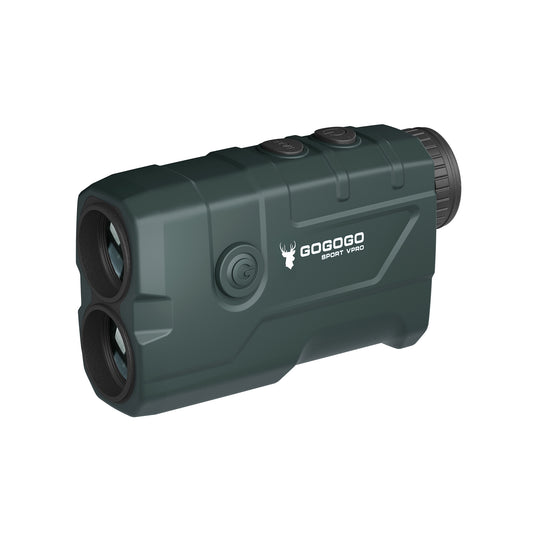
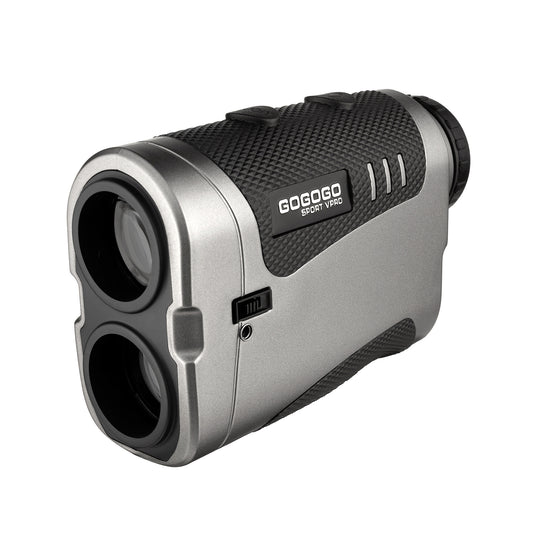
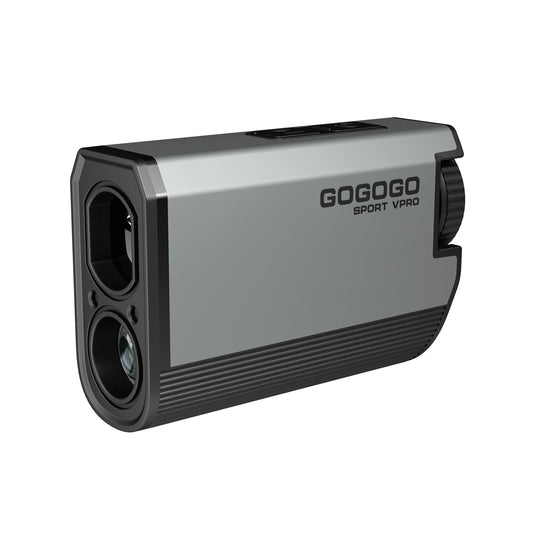
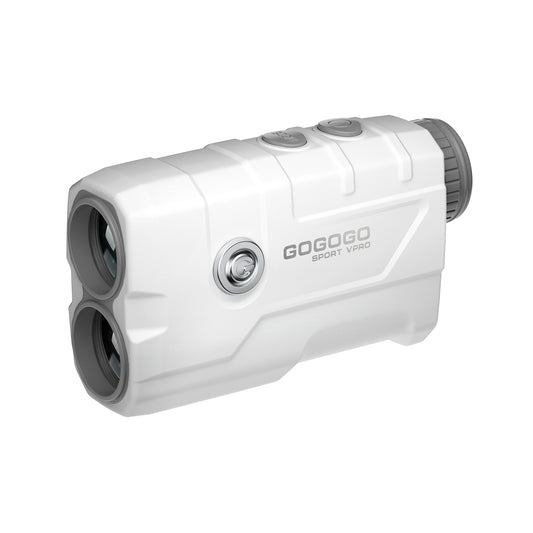
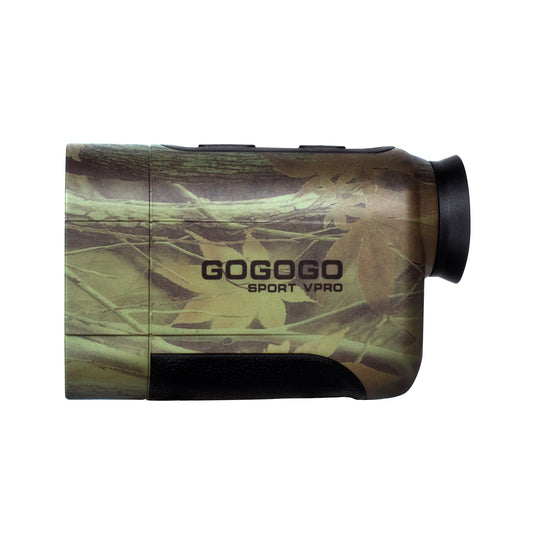
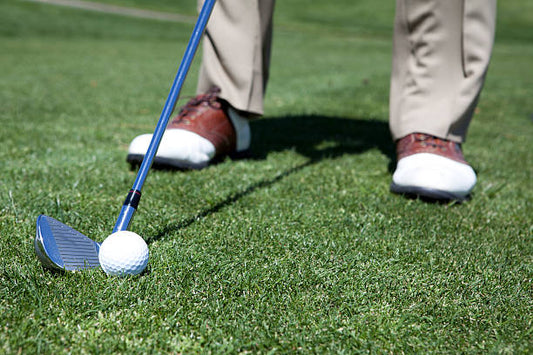
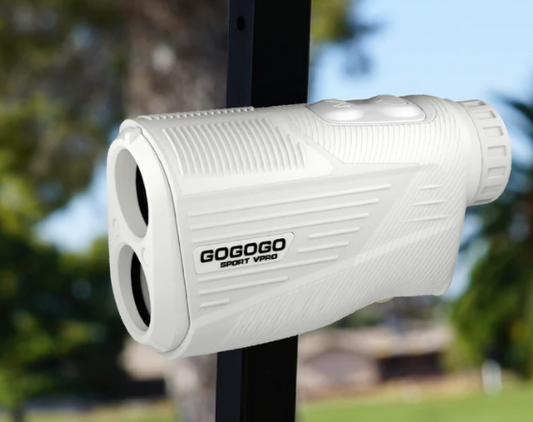

![[2025] The Ultimate Guide to Pinseeker Rangefinders for Golfers](http://gogogosport.com/cdn/shop/articles/gogogo_sport_vpro_pinseeker_rangefinder.png?v=1757993796&width=533)